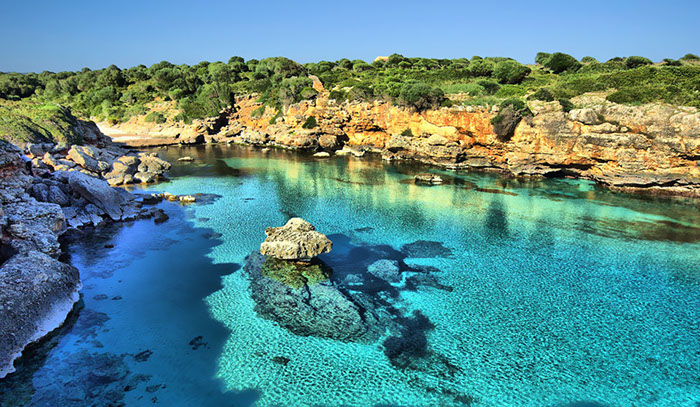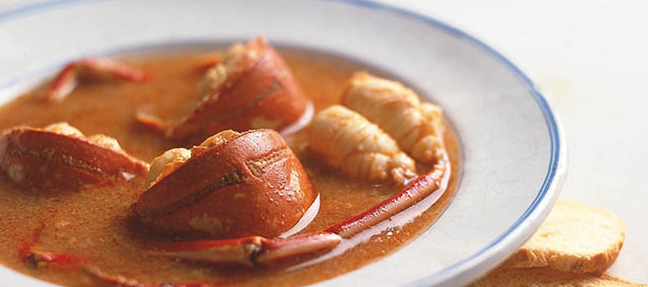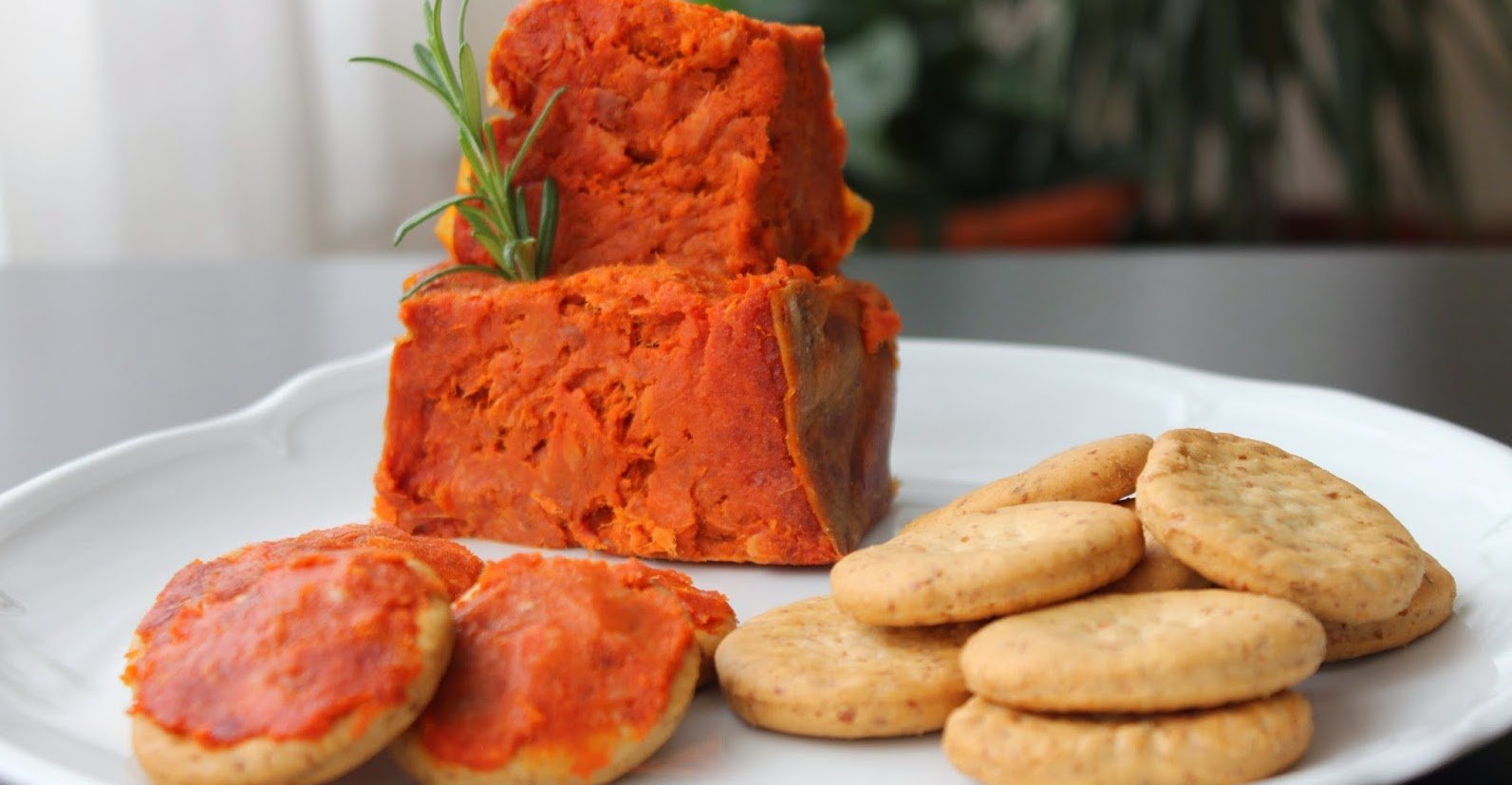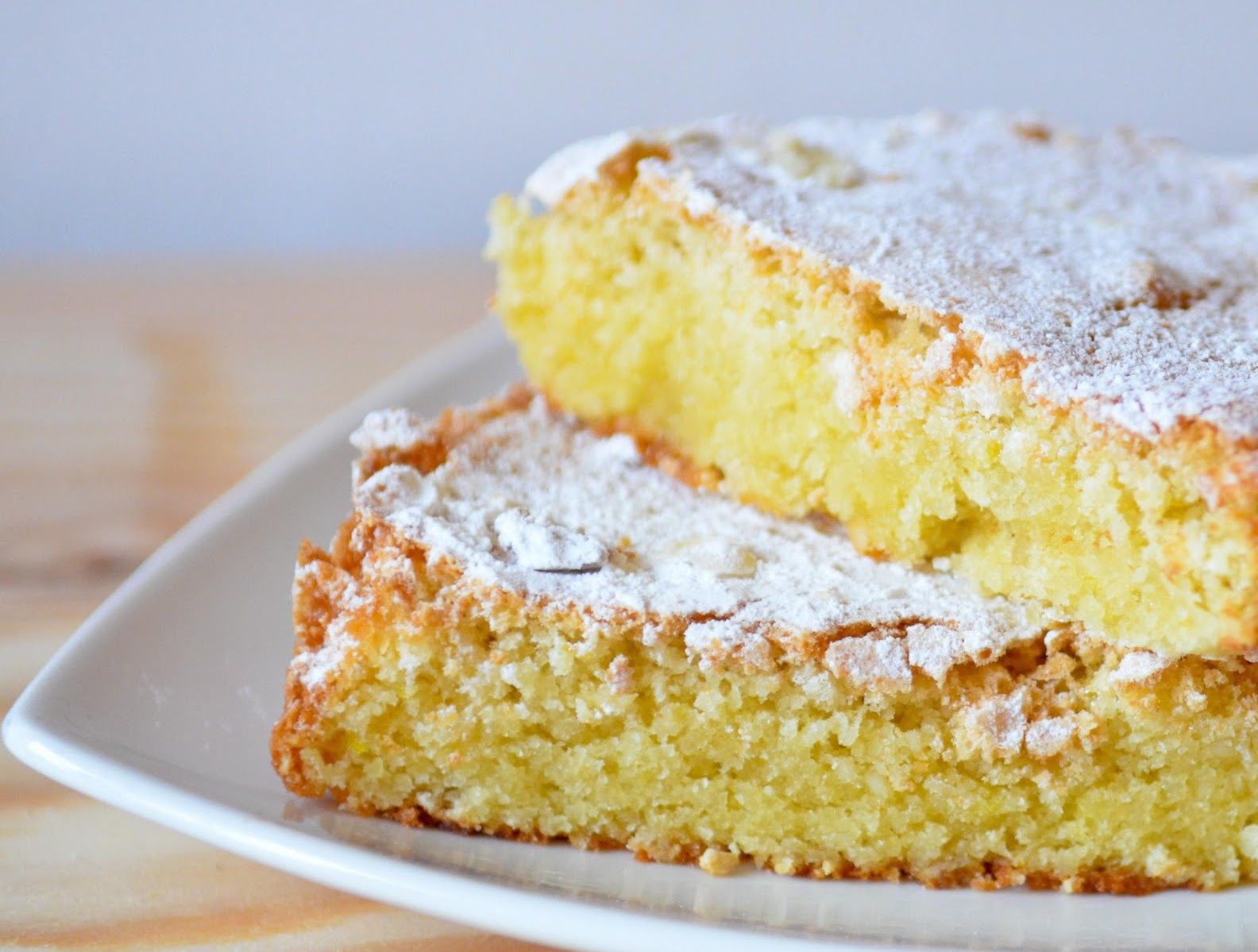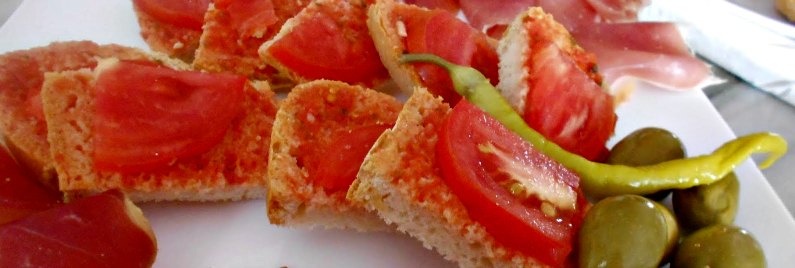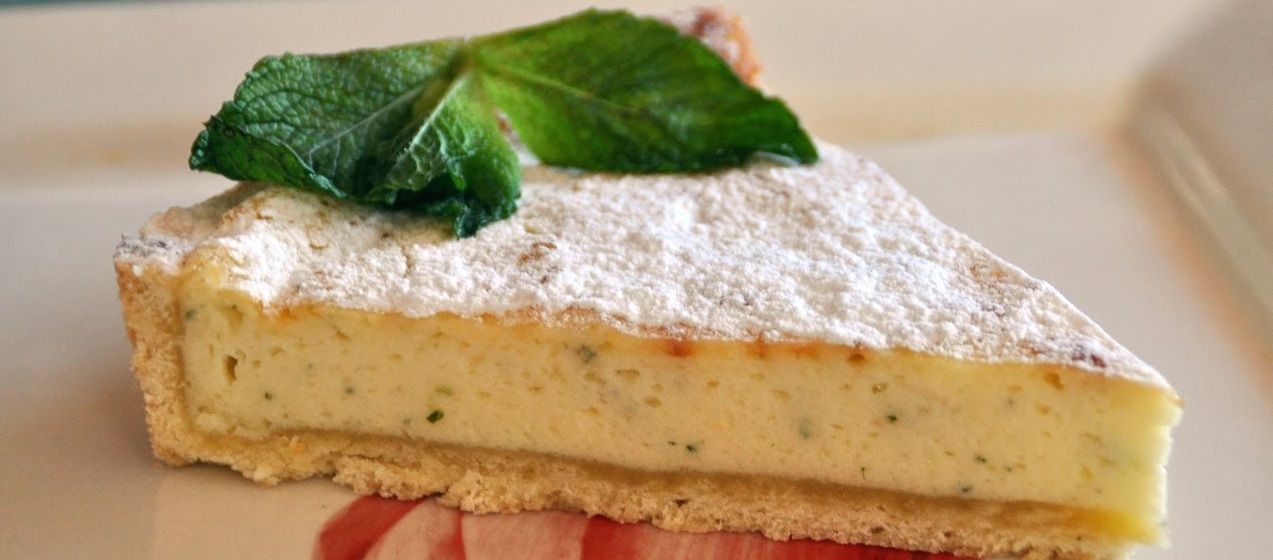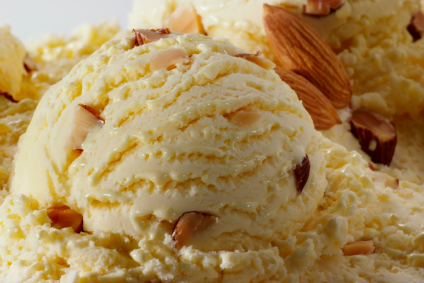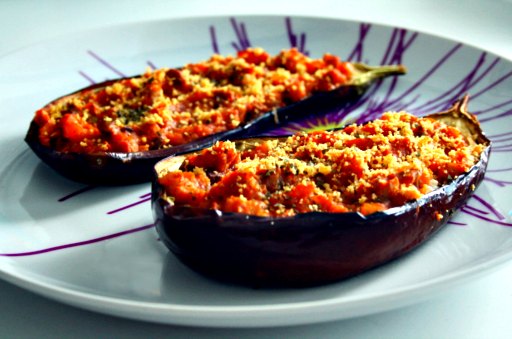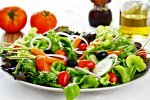Balearic Islands' Recipes
The gastronomy from Majorca, Menorca, Eivissa·Ibiza and Formentera is comprised of many delectable and pleasurable dishes. The cuisine takes full advantage of the islands' resources and the many cultures which have passed through the archipelago over the years have left their mark: many different civilisations (Greeks, Phoenicians, Romans, Arabs, French, English...).
The Balearic Archipelago, which lies off the eastern coast of the Iberian Peninsula in the Mediterranean Sea, is composed of two eastern main islands, Majorca and Minorca, and the smaller Cabrera, and two smaller western islands, Ibiza and Formentera, together known as the Pitiusas. The presence of talayots, stone structures that date to the third millenium BC, are evidence that this wildly beautiful archipelago has been inhabited since ancient times.
The islands' strategic location attracted conquerors throughout the centuries, from the Carthaginians, Romans, and Vandals to the Byzantines and Moors. In the thirteenth century, the crown of Aragon took control of the archipelago. Catalonia, part of the kingdom at that time, exercised considerable influence over the Balearics, and even today a dialect of Catalan is still spoken on the islands.
Majorcan Olive oil
It would be hard to find a better example of a Mediterranean diet than the cooking from the Balearics. Already during the first century AD, Roman historiographer Pliny praised the excellence of Majorcan olive oil and wines.
During the sixteenth century, olvie oil production became one of the main income sources for the island, surpassed only by wheat and oats, and most of the farms had their own almazaras, or olive oil mills. The main varieties grown today are Empeltre, Arbequina, and Picual, and the oil is protected by the Denominación de Origen Aceite de Mallorca
Ensaimadas and other bread pies
Altough olive oil is used for most cooking on Majorca, manteca (lard), or saim in the local dialect, is used to make bread pies, pastries, and specially ensaimadas, the famous pastry coils of the Balearics. It is typical to see visitors in the Palma airport carrying the telltale cardboard boxes that conceal these iconic pastries.
Ensaimada (Majorcan Sweet bread): A Majorcan favorite, ensaimadas are warm, yeast-based cakes fashioned into round, coiled shapes. Although delicious, these cakes are time-consuming to prepare, because the dough must be allowed to rise several times.
Altough olive oil is used for most cooking on Majorca, manteca (lard), or saim in the local dialect, is used to make bread pies, pastries, and specially ensaimadas, the famous pastry coils of the Balearics. It is typical to see visitors in the Palma airport carrying the telltale cardboard boxes that conceal these iconic pastries.
Cocas, or crusty bread pies topped with various ingredients, are also common. Catalan cooks make similar pies, but their are usually square or rectangular in the Balearics, and oval in Catalonia.
Cocarrois and empanadas are savory turnovers filled with vegetables or meats, while robiols and crespels are sweet.
One bread preparation that does feature the celebrated local olive oil is pa amb oli (similar to Catalan pa amb tomàquet), which appears on every dinner table. Toasted bread is usually rubbed with tomato, usually tomàquets de ramellet (small, highly aromatic tomatoes), and sprinkled with olive oil -or the reverse, tomatoes are sprinkled with olive oil and rubbed with bread. The experts still don't agree!
Fish and shellfish in Majorca
Not suprisingly, fish and shellfish are frequent menu items. Mero (grouper) cooked a la mallorquina (covered with many chopped vegetables and baked), is popular, as are calamares (squid) and raya (skate).
Visitors to Minorca should not miss the chance to try the loval spiny lobster, which has a distinctive bluish cast and is usually served in the tomatoey stew known as caldereta de langosta. The use of fennel, otherwise rare in the rest of Spain, is typical in these dishes.
Caldereta de Langosta (Lobster Stew): An exceptional Lobster stew, typical from the Balearic Islands, and celebrated all over Spain.
Sobrasada, Majorca's typical sausage
The porc negre, or black pig (not to be confused with the 'pata negra' of jamón ibérico fame), has lived on the islands for almost seven thousand years. It plays an important role in the life of the locals, many of whom consider it inconceivable to let a day pass without eating sobrasada, the islands' signature sausage made from this tasty pork.
The humid sea air that makes curing hams in the manner of the mainland impossible helps create the soft texture that distiguishes this intense, semicured, spreadable sausage. It appears in countless ways in everyday cooking, including as a topping for bread and cocas, in sauces and in fillings.
Sobrasada: Residents of the Balearic Islands are unabashed partisans for their distinctive red sobrasada sausage. It is made from the meat of the local porc negre, or 'black pig', which is related to the ibérico pig of the mainland, but is slightly larger with a longer neck and meatier cheeks, and it is seasoned with a local paprika ground from the local red peppers.
Balearic desserts
Desserts on the islands rely mainly on almonds. Among them are gató d'ametlla, a rich cake made primarily with almonds, sugar, and eggs, and almond ice cream.
Ibiza has a delightful dessert called flaó, a blend of aniseed, mint, and fresh cheese, and the local apricots, pomegrates, and figs are superb.
Menorca's typical products: Mayonnaise, Cheese and Gin
The British can be credited with initiating two of the Minorca's best-known products, the magnificient Queso de Mahón and the highly praised Xoriguer Gin.
They encouraged the Minorcans to raise cows and make cheese, and Queso de Mahón, a pure cow's milk cheese available both semicured and cured is the delicious result. The British established the first gin distillery in Mahón, and today the spirit continues to be made in the traditional fashion, in copper stills (introduced by the Moors) heated by wood fires.
The British also figure in the story of mayonnaise, known as salsa mahonesa, after the island's capital. The Minorcans insist that it was created by one of their own and sent off to Paris by the French when they took Minorca from the British in the 1750s.
Majorcan Wines
Wines are produced on Majorca and regulated by the Binissalem and Plà i Llevant DOs. The allowed grapes are the native Manto Negro and Callet for red wines and Moll for whites. In both DOs, the use of the native Manto Negro, a large, dark grape that yields a big, bold wine, results in wines ideal for maturing in oak.
The local white wines are less distinguished and represent only a small part of overall production. Majorcans also manufacture, in limited amounts, Palo de Mallorca, a celebrated digestive made from cinchona bark, brown sugar, cinnamon and nutmeg.
You may be also interested in...
See also
Gato d'ametlla. This Majorcan cake is believed to have originated in Valldemossa, the island town made famous by Chopin and George Sand, who spent a winter together there in an abandened Carthusian monastery that today draws many visitors.
|
Pa amb oli. Pa amb oli means "bread with olive oil" in Majorcan, and it is as commonly eaten in the Balearic Islands as pa amb tomàquet is in Catalonia. As with pa amb tomàquet, this recipe can be embellished with a topping of jamón serrano, anchovies, or cheese. |
Burrida de Raya. Fish soups with names similar to this one are common in the Mediterranean, with the type of fish and the seasoning varying with the locale. For example, Provençal cooks make bourride and serve it with the rust-colored sauce known as rouille, while Ligurian cooks make buridda and accompany it with fried bread. The burrida of the Balearics calls for skate in an allioli-enriched stock and thin slices of country-style bread.
Flaó is similar to American cheesecake, but the use of mint leaves and aniseeds sets it apart and makes it particularly refreshing. It calls for requesón, a fresh milk cheese, also known as Quark, and though you can easily make your own, I have also obtained spectacular results using the more readily available cream cheese.
Grouper a la Mallorquina: When a fish is prepared a la mallorquina you know that it will be cooked with a variety of vegetables piled on top. Ideally, the fish is a whole and weighs at least five pounds. Grouper is a good choice, but so is red snapper, striped bass, John Dory, or any other lean, white fleshed fish. The crown of colorful vegetables not only looks pretty but also infuses the fish with sensational flavor.
Almond Ice Cream: Whether served with ensaimadas or alone, this ice cream makes a perfect dessert.
|
Stuffed eggplants: The eggplants grown on Majorca are smaller than those from the mainland and are particularly purple, lighter than the eggplants commonly seen in the United States. I typically serve one whole eggplant to each guest for a first course, though occasionally I double the amount because the eggplants are so delicious. They also taste wonderful reheated the following day. |
